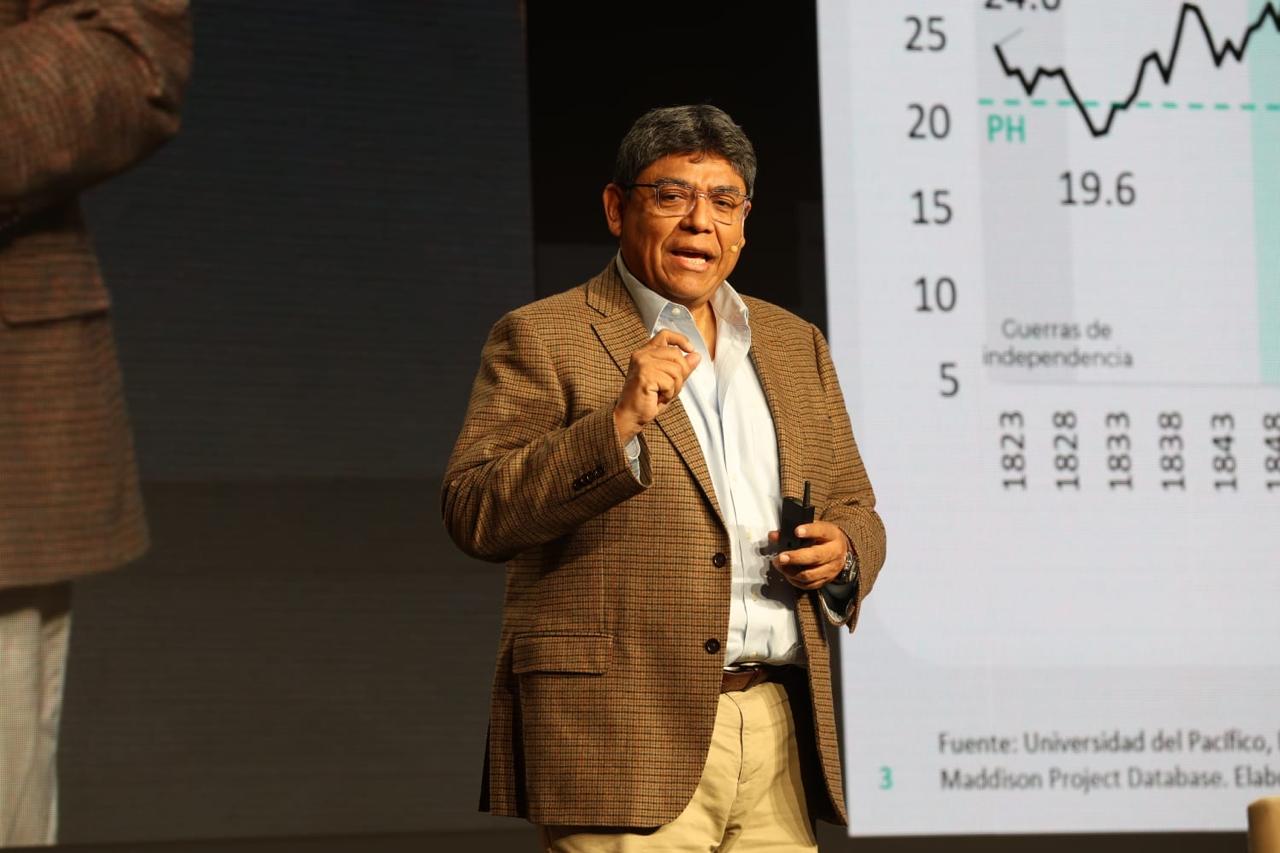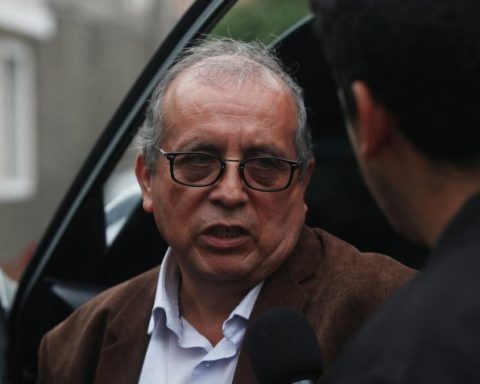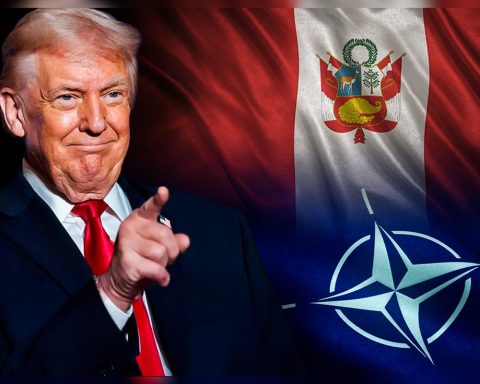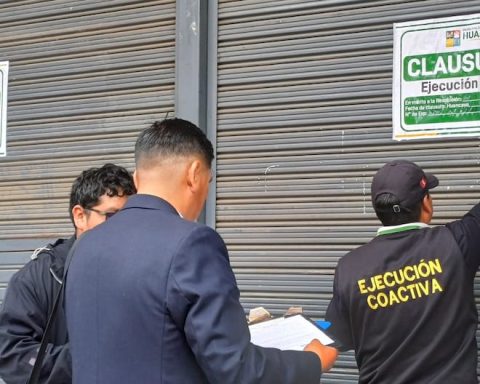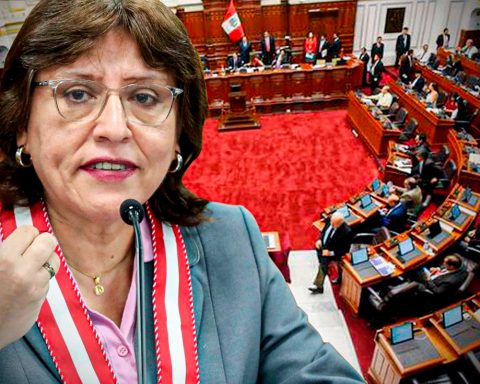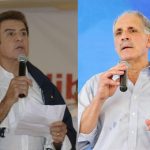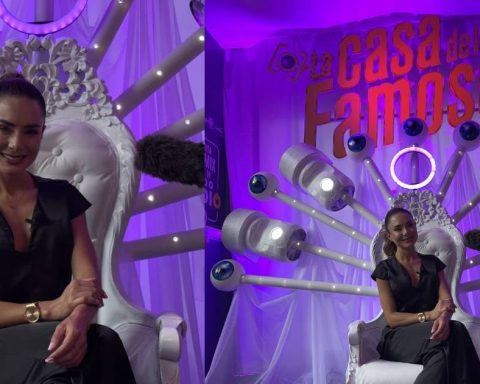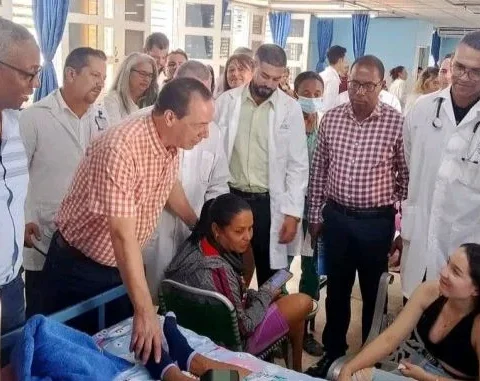Peru is one of the countries that has stagnated in the so-called middle-income trap. That is, they face difficulties in growing economically and reaching a high income level.
Based on the GDP per Peruvian inhabitant and the percentage it represents with the GDP per American inhabitant, the economist Elmer Cuba indicated that the best level reached by this indicator was reached in the guano era, where the GDP per capita of Peru represented 39% of the United States. Thus, over the years between external shocks and economic policies, both successful and unsuccessful, the current Peruvian GDP per inhabitant reaches 21.1% of that of the United States, which is that of the beginning of the republic.
“After 200 years we are where we started, we are still a fifth of the GDP of that great country,” said Cuba at CADE Executives 2024. “We have advanced, but we continue with the same distance with the US, Spain and Chile,” he added. during his presentation at the conference: “Private investment, State management and well-being.”
How do we get to that situation?
According to Cuba, the problem is due to structural factors that have affected the growth of potential GDP (maximum quantity of final goods and services that an economy can produce using completely, and efficiently, the production factors it has available) at a level of 2.5%.
One of these problems is the impact that the political crisis has had on private investment. According to Cuba, this crisis has broken the positive relationship that existed between the growth of export prices (terms of trade) with private investment.
“Every time the terms of trade rose, an economic boom was generated in Peru, as well as an investment and fiscal boom. Thus, the correlation or dependence with private investment in recent years was 0.7% on a quarterly basis (for every 1% that the terms of trade grew, private investment grew 0.7%). However, that relationship has been broken in 2022. Now it is negative,” he commented.
He explained that this political crisis is due to the high turnover of ministers. While the average duration of ministers during Toledo and García’s second period was 12 months, in Humala it was 9 months, while in Dina Boluarte’s administration it was only 5 months.
Worse still, in the case of the interior ministers, in the period of Toledo, García and Humala it was 9 months, while in that of Boluarte it is barely 3 months.
“In this government the minister of the interior changes with the season. There is no way to beat organized crime with such permanent rotation of the interior ministers,” he commented.
Human capital
Another problem why potential growth is stagnant, according to Cuba, is human capital. He argued that it is impossible to do much with children, in which 40% do not know what they are reading or that only 20% know how to solve mathematical problems of their age.
For Cuba, changing the trend growth of Peru’s GDP of 2.5% is not enough with private investment nor with carrying out a reform of the State, but rather both are required to occur in parallel. He said that only this would lead Peru to return to growth of 6.5%.
“It is not enough to have a sophisticated modern private sector with a third world State,” he concluded.
Take advantage of the NEW EXPERIENCE, receive our enriched digital newspaper by mail and WhatsApp. Peru21 ePaper.
Now available in Yape! Find us at YAPE Promos.
RECOMMENDED VIDEO:
